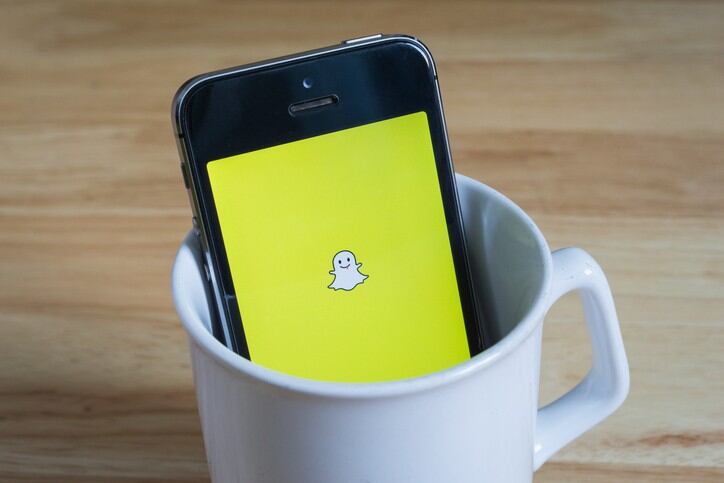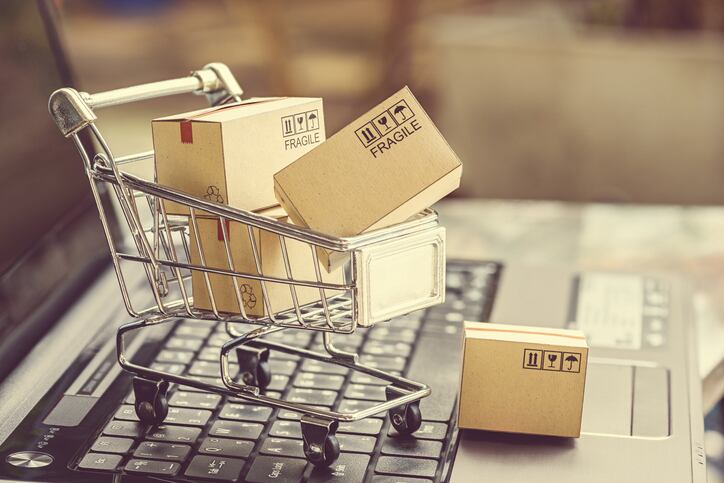Customers can buy pretty much anything online – whether its their groceries or their clothes – with a huge retail world at their fingertips. And despite riding the waves of craft, premiumization and a growing cocktail culture, drinks brands are behind the times when it comes to online retail.
Distill Ventures, a venture funded by Diageo that seeks to build brands through innovation and entrepreneurship, has been looking at the opportunities – and challenges – for alcoholic beverage brands in this fast-evolving retail world.
What is a digitally native brand?
A digitally native brand is one markets and sells products directly to consumers online: often completely bypassing traditional sales channels such as supermarkets and liquor stores.
'Digitally native brands can cut out the middleman and sell directly to the customer, thereby saving colossal amounts on distribution costs'
There are considerable advantages to being a digital native. It can considerably reduce the costs of distribution, thereby giving smaller start-ups a better chance of competing with larger, established brands.
“While traditional distribution methods require businesses to factor in the cuts of retailers and other sellers, digitally native brands can cut out the middleman and sell directly to the customer, thereby saving colossal amounts on distribution costs," explains Distill Ventures.
“Relieving a tremendous amount of financial pressure, digitally native brands can provide customers with increased value for money and, in turn, can glean unrivalled customer loyalty and enjoy increased repeat business.”
Digitally native brands can also increase customer engagement and raise brand awareness by talking directly to consumers.
“By taking a step away from mass commercialism, digitally native brands are able to interact with their target audiences through close-knit channels and direct communication.
"Transforming drinks businesses into well-established brands with backstories, missions and distinct personalities, digitally native brands can build relationships with consumers through storytelling that firmly establish them within the drinks industry.”
And thirdly, brands can tap into the huge trend for personalized products and differentiate themselves from others.
“Being a digitally native brand means that you can work to eradicate the predictability and stoicness of the drinks industry, where people have traditionally been limited purely by what is available to them from the shop shelves. Unable to personalize their experience, buyers have compromised on the taste, pricing and quality of their drinks.
"However, digitally native brands can address the concerns, wants and needs of the consumers through innovative creations that address the problems that remain unsolved by traditional distribution methods.”
Regulatory headaches
So given the considerable advantages, why is the drinks industry still behind when it comes to being digitally native?
Strict regulations for alcohol sales – particularly with regards to ensuring that drinks are not sold to under-age consumers – are a huge challenge for brands online.

In addition, advertising – let along selling – alcoholic products via digital methods has proved to be tricky for brands. In January this year, Diageo announced it was halting all Snapchat advertising after the UK’s watchdog said it had not taken enough care to ensure its Captain Morgan ad was correctly targeted on the platform. (While Diageo argued that it had used age-gate targeting, the Advertising Standards Authority observed Snapchat did not verify the ages supplied by users).
And the complexity of wider regulations between countries and even within countries makes distribution complicated.
“Alcohol is heavily regulated in most markets," explains Distill Ventures. "In Europe, alcohol is one of the few products where there is no single market – with excise rates still set in each of the EU’s member countries.
"This makes shipping products cross- border a complex process, with the consumer often getting notifications about packages held at the border – dealing with that is the very opposite of the convenient and slick customer experience at the heart of many digitally native brand success stories.
“In the US, the three-tier system mandates that producers sell to wholesalers, wholesalers sell to retailers, and retailers sell to consumers. This puts a big block in the typical structure of a digitally-native ‘vertical’ brand where production, marketing and retail direct to consumers all come under a single roof.
“Some states have created exceptions for producers – which has led to a thriving direct- to-consumer model in wine. But regulations vary from state to state, restrictions are complex to understand, and many logistics companies are wary of taking on contracts in an area where enforcement of regulations is unpredictable.”
Rabobank observes that alcohol is responsible for 4.7% of brick-and-mortar grocery sales in the US – and just 0.7% of online grocery sales - also citing the challenges of regulation as a factor.
Another key challenge for online sales is the cost of shipping heavy glass bottles.

“Spirits predominantly come in glass, and weigh close on a kilo per bottle. Heavy and fragile is a bad combination when trying to find efficient shipping at an affordable cost," says Distill Ventures.
“Compounding this is the difficulty in predicting purchase frequency. In most e-commerce, brands predict how often people will buy in order to determine a lifetime value, which in turn sets how much they can spend on marketing to sign up a customer.
“Spirit brands fall into a middle ground – for most they’re not a predictable routine purchase, like make-up or razors, but nor are they a high-priced one time purchase like a mattress, where the margin allows a brand to spend on marketing and still come out with a profit.”
And finally there’s the challenge of breaking consumer habits: whether it’s in regard to the drinks they buy or how they buy them.
“While consumption of spirits and cocktails is rising in some markets, many consumers are still not used to cocktail making at home, daunted by the number of ingredients needed and whether they’ll have the right equipment”
Making it work
Hear the Wind Sing is a range of fruit and flower wines launched in 2016 in China, which is only for sale online through their TaoBao and WeiBao stores. It also uses WeChat as a brand building activity to showcase the brand culture, healing and emotional stories by the team, and links to Taobao store which has 187,000 followers.
Garçon Wines has designed its bottle so that products can be delivered through customers' letterboxes, while still looking presentable on the dinner table. The brand claims its PET bottles are also environmentally friendly, having reduced the bottle size by 34% and weight by 90%. It also has benefits for logistics as the bottles can easily be stacked in warehouses.
Distilled non-alcoholic spirit Seedlip – in which Diageo has a minority stake - has a strong focus on direct-to-consumer sales and its e-commerce channels. Many consumers actively seek the brand out (such as pregnant women or those with an interest in clean eating).
'There's a whole new possible world of inventive drinks branding'
But Distill Ventures says drinks brands should not be overwhelmed by the size of the challenges: instead, it should take a leaf out of the book of other categories and innovate and adapt.
“Many industries faced challenges when moving online. The fashion industry had to get over people’s worries about whether clothes would fit with free shipping and free returns.
“Challengers in the mattress category cracked the problem of delivery needing dedicated trucks and at least two people to get it up the stairs. We’re starting to see innovations across formats and delivery services as well as brands focused on a tightly defined consumer need like discovery of new products.
"The promise of digitally native brand success within the drinks industry remains high due to the lack of significant creative competitors, where a huge gap in the market opens up a whole new possible world of inventive drinks branding. Although limitations do exist for digitally native drinks brands, this does not mean it’s too late or a missed opportunity."
“Spirits brands that want to play in the digitally native space will need to learn from the successes in other industries at the same time as mastering the economies of spirits purchasing. They will also need to navigate challenges that regulations and logistics present with new and innovative solutions.
"But as so many liquor brands have such rich stories, interesting craft processes and charismatic founders, many of the fundamentals are there.”
Images top to bottom: getty/ipopba; getty/watchiwit; getty/williampotter

